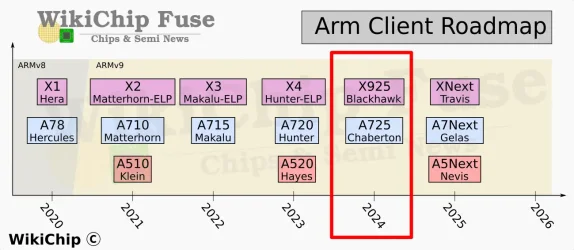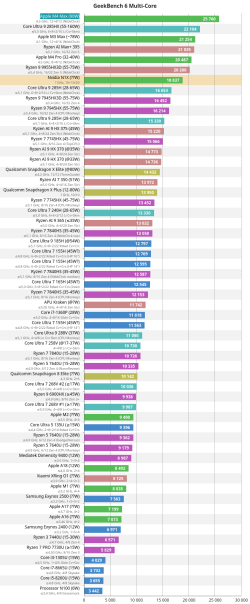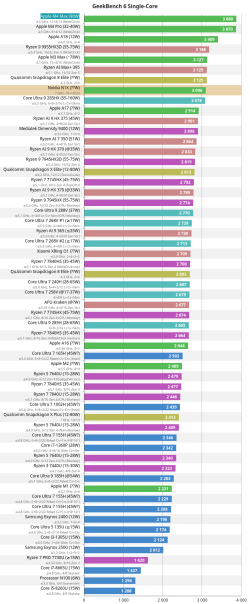Not a 100% on point analogy, but yeah, kind of. There just isn’t much desire or reason for companies to look outside the established x86 and ARM ecosystems. That isn’t to say RISC-V is pointless or anything, it has its uses, but the idea of it overtaking and replacing the aforementioned two is… dubious at best.
For over 20 years when talking about Linux I was saying that all those options that people had, all those distros, where confusing in the eyes of the average(and not only) consumer and the only way Linux could really see major success was if a huge corporation was promoting one distro that everyone else would promote as the perfect option for the newcomers to the Linux world. Canonical did tried with Ubuntu, but Canonical wasn't the huge corporation that was needed, while as it is usual in Linux, Ubuntu didn't had the absolute support from Linux users. There where users who where insisting in promoting other distros. So Linux never really get off the ground as the ultimate operating system that was going to replace Windows for the average user. With some exceptions that had that huge corporation behind it. In the form of Android with Google behind it and as SteamOS with Valve behind it.
I am thinking that Risc-V will need something similar to see adoption, but I don't see it happening the next 10-20 years. In the next years we will be seeing Risc-V CPUs becoming faster, better more capable, but I doubt the architecture will get 1% of the market, because those CPUs will be coming from small design teams. That will partially change if one of the 4 biggest players, Intel, AMD, Nvidia or Qualcomm starts designing and releasing Risc-V CPUs, with strong support behind the architecture. Also Microsoft or Google will need to offer a complete and stable OS running on those CPUs.
Now, from those 4, AMD while having the size, can't promote anything. I mean they are incapable of promoting anything. They just can't. Qualcomm will probably not show strong interest, because it is the top company in the ARM market, so why abandon a leading position in an already established market? Their win against ARM in their last legal dispute doesn't give them a reason to start thinking Risc-V as their near future primary architecture. Intel also would want to stick with X86. I mean based on the new CEO's own words recently, they are not even in the 10 top design teams. But they are still second in X86 and they make billions from that architecture. If they where going Risc-V they would beome irrelevant in chip design and they would end up just begging others to make their Risc-V CPUs in their fabs. So, who remains? Nvidia. The problem with Nvidia is that it loves control. That's why they tried to buyout ARM, before strongly pushing ARM designs. With Risc-V they will have zero control over the architecture and the competition. So, probably even Nvidia wouldn't want to push Risc-V out there any time soon. Google and Microsoft creating versions of their OS to run on Risc-V? Well, probably. Assigning huge teams and resourses behind those builds? Probably not.
So, what I see is that Risc-V will have some success in the market, as the next big thing waiting to happen, but corporations like AMD, Intel, Qualcomm, Nvidia, Microsoft and Google will probably work on Risc-V as much as needed to have something partially ready in case Risc-V see skyrocketing success and adoption for whatever reason. I don't see them taking the next step and heavily promoting the architecture. Maybe if Apple desides to make another transition from ARM to Risc-V, maybe then the architecture could become relevant. Or maybe if China decides to push Risc-V as the main architecture used in the country, maybe they could throw enough billions behind the architecture and a couple of official distros to promote it. Until something like this happens, Risc-V will be out there with 99.9% of consumers ignoring it's existense.
But I could be wrong. It wouldn't be the first time I would be wrong, not even the 100th time.....









